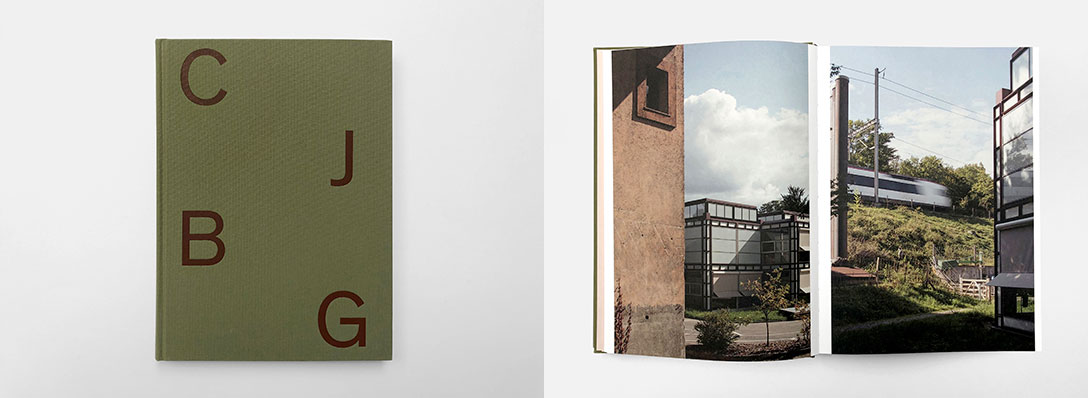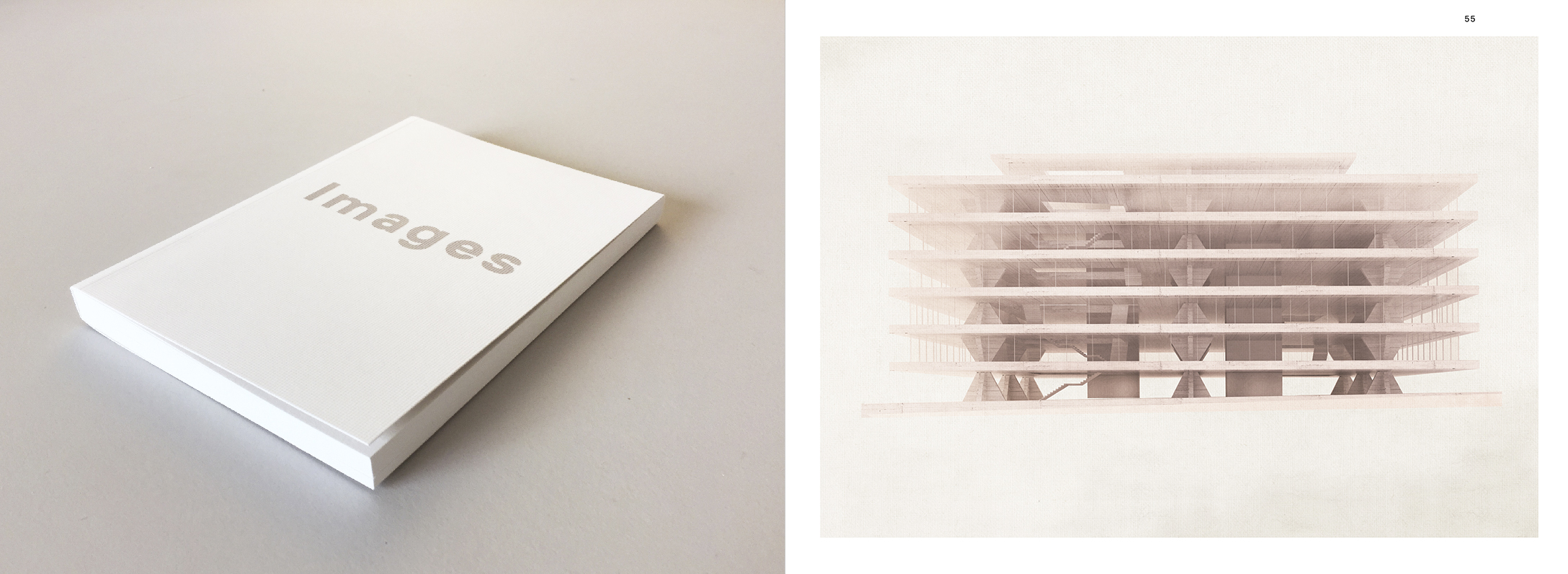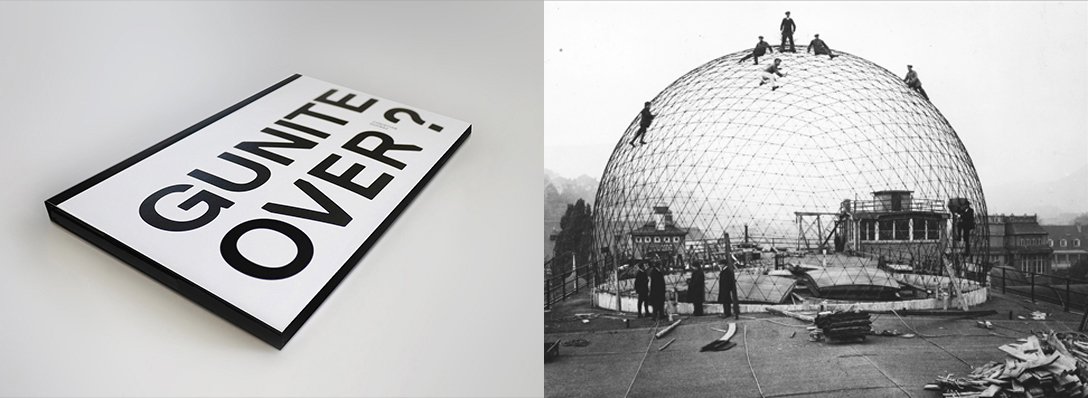
A/EDITIONS.CH
CONTACT@A-EDITIONS.CH

A/EDITIONS.CH
CONTACT@A-EDITIONS.CH


![]()
© 2021 / 152 PAGES / 100 PHOTOGRAPHIES / 1 PLAN / 185 x 252 mm / FRANÇAIS / CHF 32.-/ ISBN 978-2-9700920-2-5
EN 1967 l’ARCHITECTE SUISSE JEAN-MARC LAMUNIÈRE (1925-2015)
INITIE LES PREMIÈRES ESQUISSES DU FUTUR INSTITUT
ET BIBLIOTHÈQUE DES CONSERVATOIRE ET JARDIN BOTANIQUES
DE LA VILLE DE GENÈVE.
INAUGURÉE EN 1974, PEU APRÈS LE PREMIER CHOC PÉTROLIER,
CETTE RÉALISATION N’OFFRE PAS LE POTENTIEL DE CONSERVATION
IMAGINÉ PAR SA TECHNIQUE RAPIDEMENT CADUQUE.
QUELQUES ANNÉES PLUS TARD, ALORS VOUÉE À UNE HYPOTHÉTIQUE
DESTRUCTION, ELLE RECOUVRE UNE SECONDE VIE GRÂCE À LA
RÉNOVATION MENÉE PAR L’ARCHITECTE CHRISTIAN DUPRAZ (2005-2013).
ARCHITECTURE D’EXCEPTION, D’UNE RÉALITÉ CONSTRUCTIVE
ÉTONNANTE, NICHÉE AU CŒUR D’UN PARC DE 28 HECTARES
D’UNE EXTRȆME BEAUTÉ, ELLE DEVIENT LA PROTAGONISTE D’UNE
CONVERSATION ENTRE LES DEUX ARCHITECTES, ACTEURS
D’UNE RÉÉCRITURE SALUTAIRE.
LE PRÉSENT OUVRAGE ILLUSTRE LA RELATION INTIME D’UN LIEU
ET DE SON CONTENU. JARDIN ET COLLECTION S’EXPRIMENT SOUS
LE REGARD DES PHOTOGRAPHES PAOLA CORSINI ET
JEAN-DANIEL MEYER, ACCOMPAGNÉS DES MOTS DE PIERRE BOILLAT,
BIBLIOTHÉCAIRE ET UTILISATEUR, TÉMOIN D’UNE ARCHITECTURE
EN MOUVEMENT.



![]()
© 2017 / 128 PAGES / 69 PHOTOGRAPHIES / 130 x 190 mm / FRANÇAIS / CHF 18.-/ ISBN 978-2-9700920-1-8
L’IMAGE EN ARCHITECTURE EST UNE SURFACE DE PROJECTION QUI PERMET
DE COMBLER LE VIDE EXISTANT ENTRE LE MONDE DES IDÉES ET CELUI DES
CHOSES. IMAGES EST UNE RENCONTRE, UN RECUEIL D’IMAGES EXTRAITES
DE LA COURSE DES IDÉES QUI S’AGGLOMÈRENT AUTOUR D’UNE LIGNE
ONDULANTE ; CELLE DU DÉROULEMENT D’UNE PENSÉE DANS LE TEMPS.
L’OUVRAGE S’OUVRE SUR UN FACE À FACE, UN DIALOGUE ENTRE
SASKIA ZÜRCHER ET CHRISTIAN DUPRAZ, LANCÉ À PARTIR D’UNE SÉLECTION
D’IMAGES D’ARCHITECTURES NON RÉALISÉES PRODUITES EN ÉTROITE
COLLABORATION AVEC WILLIAM CYR LAMY DE 2014 À 2016.



![]()
© 2013 / 96 PAGES 130X190 mm / FRANÇAIS / ANGLAIS / CHF 18.- / ISBN 978-2-9700920-0-1
GUNITE OVER ? REPREND
LA CONFÉRENCE DE L'ARCHITECTE SUISSE
CHRISTIAN DUPRAZ
PRÉSENTÉE EN 2012, LORS DES JOURNÉES
EUROPÉENNES
DU
PATRIMOINE CONSACRÉES À LA PIERRE ET AU
BÉTON.
ASSOCIÉE À LA RÉALISATION DE SURFACES CONCAVES
ET
CONVEXES, LA GUNITE EST LE MÉLANGE DE BÉTON ET
DE SABLE
PERMETTANT LA PROJECTION DE LA MATIÈRE
ET SA SOLIDIFICATION
DANS DES FORMES COMPLEXES.
L'APPLICATION DE CETTE
TECHNIQUE EST HISTORIQUEMENT
LIÉE AU DÉVELOPPEMENT
DES COQUES ET À LA RECHERCHE
EXIGEANTE D'INGÉNIEURS
(EDUARDO TORROJA, HEINZ ISLER,
ULRICH MÜTHER...)
MAIS ÉGALEMENT AU FORMIDABLE
QUESTIONNEMENT DES ARCHITECTES POUR UNE VALORISATION
DE LA FORME LIBRE (PASCAL HAÜSERMANN, VITTORIO GIORGINI,
JACQUES COUËLLE...).
CE PARALLÉLISME ENTRE LA DÉMARCHE
MAÎTRISÉE DES UNS ET
LA QUÊTE ALÉATOIRE DES AUTRES
NOUS RENSEIGNE SUR LA GRANDE VITALITÉ DE NOTRE HISTOIRE.
/
GUNITE OVER ? covers the lecture of the swiss architect Christian Dupraz
during the european heritage days devoted to stone and concrete, on
8 september 2012, in Geneva. Associated with the realisation of concave
and convex surfaces, gunite is a mix of concrete and sand permitting the
projection of the material and its solidification in complex forms.
The application of this technique is historically linked to the development
of shells and to the demanding research of its engineers (Eduardo Torroja,
Heinz Isler, Ulrich Müther...) but equally to the formidable questioning
of architects for an application of free form (Pascal Haüsermann,
Vittorio Giorgini, Jacques Couëlle...). This parallelism between a
mastered
approach of some and the random quest of others informs us of the
great vitality of our history.